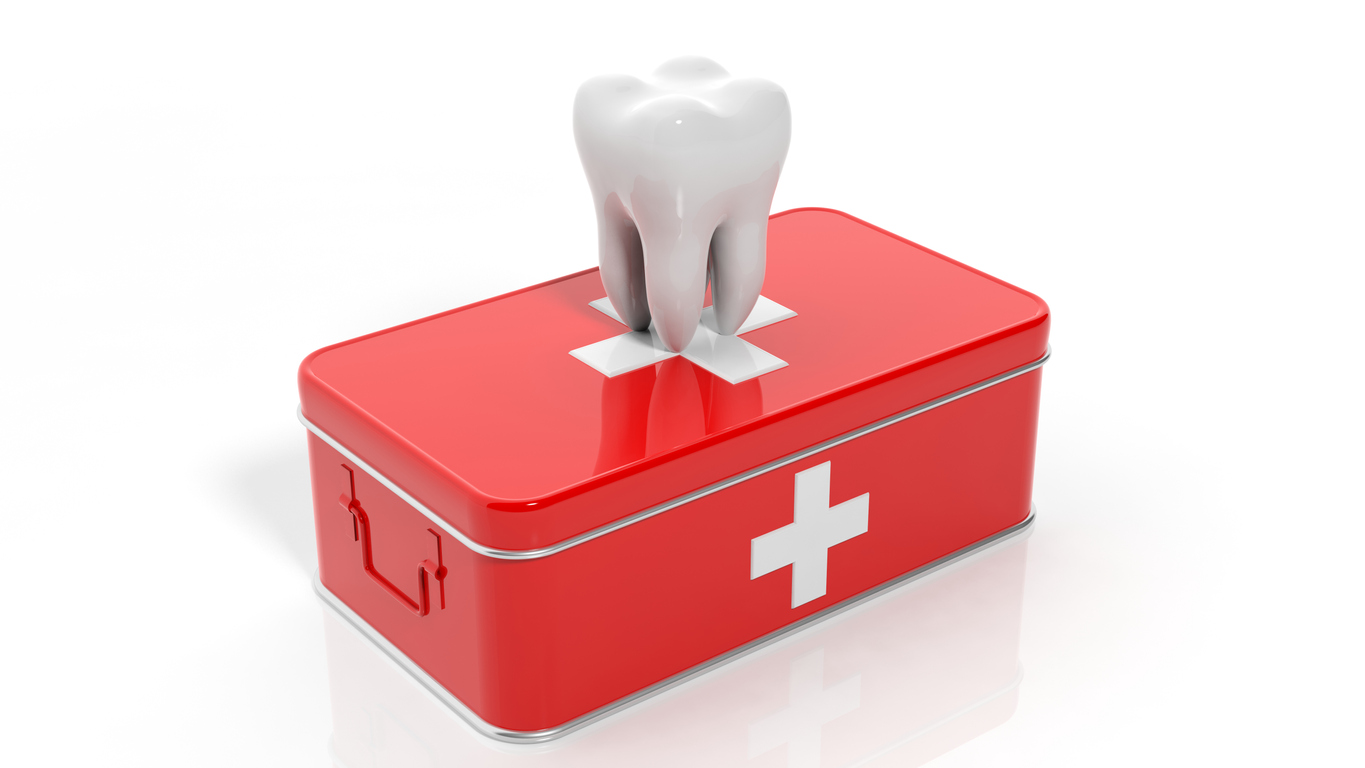Living with Chronic Pain
Accessing Low-Cost Dental Care in the US and Canada

Proper dental hygiene is essential for oral health and overall well-being; however, it can be very costly. Dentistry is often not covered by insurance plans, leaving many people across the United States and Canada unable to access dental maintenance and treatments. Fortunately, there are several resources to help individuals access low-cost dental care.
United States
Local Health Departments
Local health departments are federally-funded community health centers. Located all across the country, these facilities provide free and low-cost services to members of the community. Call 1 (888) ASK-HRSA for more information on how to access these services.
Medicare, Medicaid, CHIP
If cost or lack of insurance is a barrier to dental care, check these three federally-funded programs for qualifications. Medicare applies to those 65 years of age or older, or those with certain disabilities. Low-income individuals and families, pregnant women, children, those receiving supplemental security income (SSI), and others at the discretion of the state may qualify for Medicaid. The Children's Health Insurance Program, or CHIP, is a program that can be utilized by children without insurance, although dental services vary state-by-state. Call 1 (800) MEDICARE for more information about each program.
Dental Schools
Many dental schools offer services provided by dental students at a lower cost. They are supervised closely by experienced dental practitioners. This produces the students an opportunity to learn, while simultaneously furnishing affordable dental services.
Clinical Trials
Occasionally, the National Institute of Dental and Craniofacial Research, or NIDCR, will seek individuals to participate in clinical trials. Typically, they are searching for individuals with certain conditions. They often offer free or low-cost dentistry services to those who participate. ClinicalTrials.gov can help determine whether a person is eligible to participate in these studies.
Canada
Canada Dental Benefit
Under this plan, parents can apply through the Canada Revenue Agency (CRA) to receive direct, up-front, tax-free payments of up to $650 per child each year to cover the dental expenses of children 12 years of age or younger. To qualify, the family must have an adjusted net income of under $90,000 per year.
Interim Federal Health Program (IFHP)
The IFHP is a Canadian program that provides limited healthcare benefits to protected persons, refugees, and certain other individuals on a temporary basis. Because these people do not qualify for provincial or territorial health insurance, IFHP helps cover some of those costs.
Income and Disability Assistance
Basic dental coverage is provided to individuals who receive disability assistance, are eligible for general health supplements, or qualify as someone who has “persistent multiple barriers.” This covers up to $1,000 over two calendar years for basic dental services, dentures, crowns, and bridges for the individual and their spouse. Children under 19 may receive up to $2000 during the same time period, plus $1000 per year to pay for dental treatment in a hospital under general anesthesia. For more information, call 1-866-866-0800.
Healthy Kids
This program provides basic dental coverage to children in low-income families who do not receive income, disability, or hardship assistance. This helps offset some costs of dental care.
First Nations Health Authority (FNHA)
The FNHA is a program specifically directed towards the cultural and health needs of the First Nations in BC. They offer a comprehensive dental plan to First Nations. For more information, call 1-855-550-5454.
Dental Schools
Many dental schools offer services provided by dental students at a lower cost. They are supervised closely by experienced dental practitioners. This produces the students an opportunity to learn, while simultaneously furnishing affordable dental services.
Additional sources: U.S. Department of Health & Human Services and British Columbia Dental Association


















